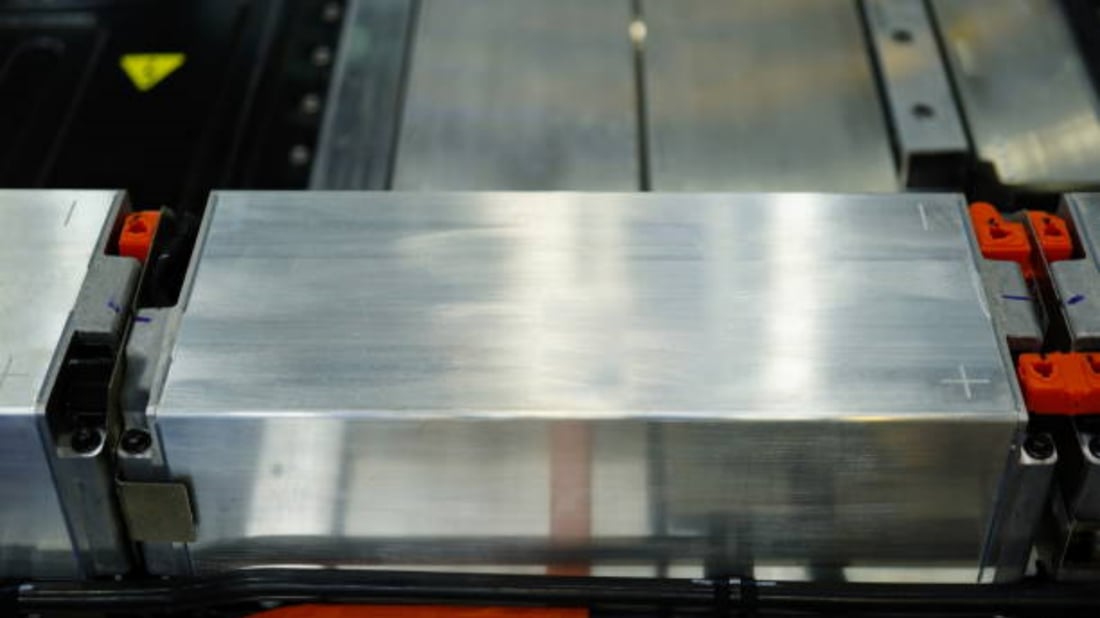Introduction
Sheet metal is a commonly used material in the manufacturing industry and is used to create various products. One of the crucial aspects of sheet metal fabrication is bending it into a desired shape. To accomplish this, different techniques are used to manipulate sheet metal based on the required specifications. In this article, we will explore the different techniques that are applied to bending sheet metal.
Techniques applied to bending sheet metal
1. Air Bending
Air Bending is the most commonly used technique applied to bending sheet metal. This technique employs a V-shaped die and a punch that rests on the sheet metal's surface. The thickness of the material determines the punch force. The die and punch force the sheet metal to bend at a specific angle. The punch is pressed into the sheet metal, and the sheet metal is bent over the die's radius. The bend angle is determined by the distance between the punch and the die.
2. Bottom Bending
Bottom bending is an advanced technique used to generate bends with high accuracy. A sheet metal bending machine is used to apply the force needed to perform the operation. The sheet metal's final position is established by the punch, which pushes it against the V-shaped die. The base dies and pressure dies hold the sheet steadily, and the bottom die forms the required angle as the punch descends. This technique is especially useful when you require a sheet metal material bent to a specific angle, which is not achieved by Air Bending.
3. Coining Technique Bending
The coining technique is applied when we require sharp bends with sharp edges. In this technique, a die set is attached to a press brake, which forms a 90-degree bend with a sharp edge. The bending die is not V-shaped, and a higher tonnage press brake is used.
4. Roll Bending
Roll bending is a technique applied to achieve a circular bend to a sheet metal. This technique implies applying an exact pressure arrangement between rollers, whereby one roller is adjusted for height adjustment. It helps make a cylindrical or ring-shaped sheet metal product.
5. Rotary Bending
Rotary Bending is a technique used to generate bends of complex designs and shapes. A profiled tool rotates the sheet metal in a clockwise or counterclockwise direction. The metal sheet is formed to the shape of the bottom tool. This technique applies forces uniformly across the plate, so the material's thickness is essential, as this technique only produces neat, uniform angles.
6. Wiping Bending
Wiping bending is frequently used where the sheet metal requires a sharper bend and a better surface finish. Using a special die called a wiping die, a hydraulic ram descends and pushes the material against the forming tool. The material slides over the lower tool surface, and the bend is created.
7. Press Brake Bending
Press Brake bending is a sheet metal forming technique that involves bending along the straight line with the use of a punch and die. Manual to computer automated press brake machines can be utilized in the process. This technique is the most economical and time-efficient option to use in the industry.
8. Stretch Bending
Used for metal pieces with a considerable length, stretch bending is an excellent choice to produce a smooth, uniform bend with no stress in the metal. A clamp holds the metal sheet at its ends, and while the material is in place, a hydraulic press creates the bending effect.
9. Folding Technique
A folding technique is used when we require to generate a bend of the same angle along a longer piece of material. The material is held and bent by a press brake device. This technique is fast and cost-effective.
10. Elastomer Bending
In this method, the metal makes contact with an elastomer, delivered by a V-shaped die and a punch configuration. The elastomer forms a single-point bend, resulting in a very tight radius and a smooth finish. This technique works well for thinner materials that do not work well with air bending.
Conclusion
Sheet metal components with bends are essential to manufacturing processes where metal sheets are utilized. The fabrication of sheet metal requires a high level of precision and accuracy, meaning successful sheet metal bending. The ten techniques mentioned earlier provide engineers, fabricators, and product designers with a wealth of alternatives to consider for bending operations, and they can adapt according to specific requirements.

